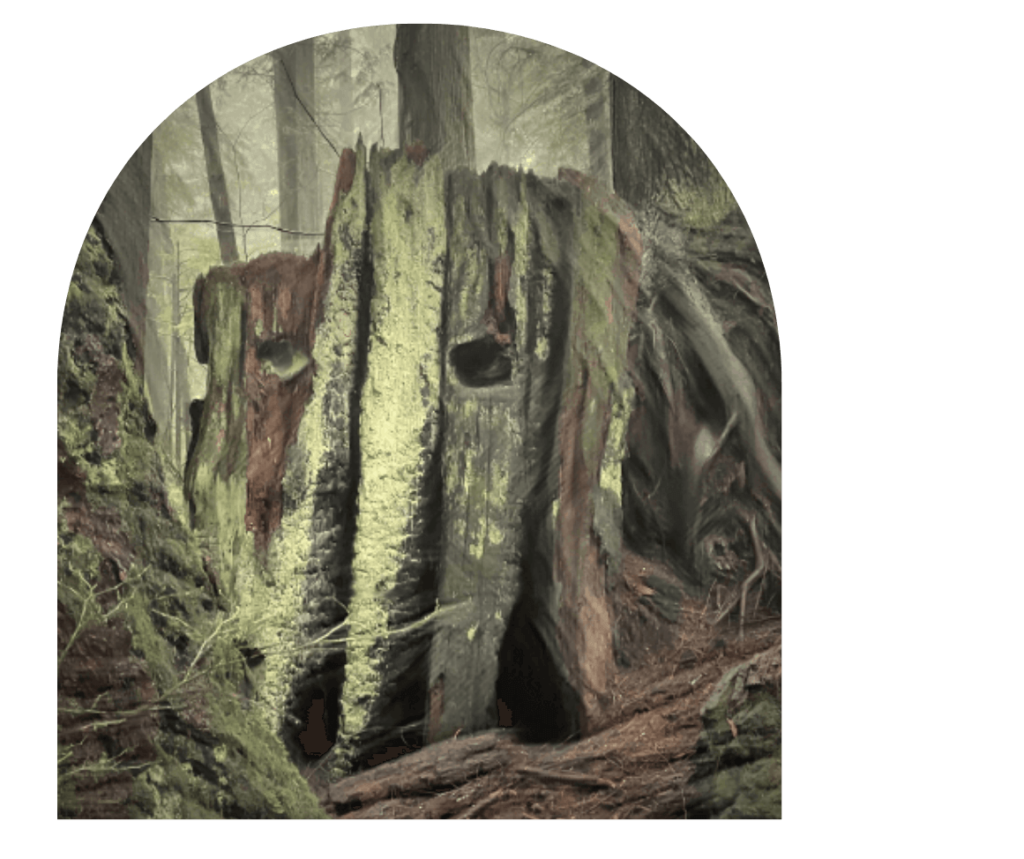The experiential embodied dreamwork process is such a respectful, deeply meaningful, and soul feeding way of working with dreams. – Sylvia Barnowski, artist, registered social worker
For those drawn to working with dreams, finding an approach that honors their depth while providing practical skills can be challenging. The Embodied Experiential (EE) Dreamwork Certification Program offers a unique pathway that participants consistently describe as transformative, both personally and professionally.
The year-long program combines structured online learning with monthly Zoom sessions, partnership practice, and optional community gatherings. What sets this program apart is its embodied approach, which moves beyond traditional interpretive methods to engage with dreams as living, dynamic experiences.
After a cohort completes the program, I always ask for their impressions of the program, and how it may have changed their comfort level and approach to working with dreams. I am once again blown away by the outpouring of appreciation. I’m sharing it here for anyone considering joining the next cohort – which begins Sept. 2025 and is about half full so far.
Much Gratitude…
Here is just one example of the beautiful expressions of gratitude from a recent grad. Kristen Stroud, an integrative mind-body practitioner and mindfulness educator wrote: “I’m so grateful to have been a part of this course and cohort. I could not have imagined the growth and learning it would bring when I signed up. I’m loving how comfortable I feel working with my client’s dreams and the excitement, passion, and motivation I have for continuing the journey. Thank you for all the energy and goodwill you put into all of the gifts you share with us. Primarily, your gentle, intelligent, attuned, and insightful being. I’m so joyful to be part of the wondrous world you shine light into.”
A Paradigm Shift
Many participants report a fundamental change in their relationship with dreams and their approach to exploring them. This shift from seeking answers to embracing experiential exploration appears consistently across participant feedback. One participant describes it as “a paradigm shift around what dreams are offering, something I suspected but have stepped more fully into.”
Sylvia Barnowski, artist and registered social worker, offered the following: “I found this program to be deeply transformative. The program is well designed, the components include online content accessed through self-paced classes, monthly zoom meetings with presentations and outstanding demonstrations and experiential elements. The regular partner dream sessions allow the opportunity to practice the skills learned throughout the program. Additionally, there is an optional monthly dream community group. Both, Leslie and Robbyn are exceptional teachers and facilitators, and it is a remarkable experience to witness their work and to have access to their wisdom.
For me, the experiential embodied dreamwork process is such a respectful, deeply meaningful, and soul feeding way of working with dreams. This way of accessing unconscious content feels deeply nourishing, healing, and transformative. I know I can trust this process. Since I started using this approach I’ve noticed many benefits. My capacity to witness myself and others has expanded. I’ve become more open to ‘not knowing’ and letting the process unfold in its own time. I am able to access my own inner resources with ease. I have deeper respect for and I’ve become very protective of my own and other people’s dreams. I wholeheartedly recommend this program.”
Professional Growth
For those working with clients, the program delivers remarkable increases in confidence and skill in working with client dreams. On a scale of 1-10, participants reported dramatic improvements. One student reported their confidence in working with dreams dramatically increased from zero to 10. Most moved up the scale by a full 6 or 7 points.
These aren’t just numbers. They represent a fundamental shift in professional capacity, with participants reporting increases of 20-75% in the use of dreamwork in their clinical practice.
The Experiential Edge
The program’s experiential components received particular praise. Mika Nakamura, RN and Caregiver Coach, highlights “the experiential processes offered at the beginning of each class — experiencing it first-hand and learning directly through observation on guiding/facilitating was beyond invaluable.”
Community and Partnership
The program’s structure includes regular practice with partners and a drop-in dream group, creating a supportive community for skill development. Nakamura describes her partnership group with gratitude: “The space held for each other was founded upon trust, and each dreamwork shared/facilitated felt and treated by each other as sacred.”
Monthly community meetings led by Robbyn Bennett received special mention as “powerful and supportive,” providing continuity between formal sessions and deepening the connection to the work.
Personal Transformation
Perhaps most striking are the accounts of personal transformation. One participant shares: “I personally feel more cared for and resourced both in my dream life but also in my waking life. Something profound has moved within me, and I’m not sure I have the words for it.”
Erin Michie describes how the approach “is more embodied; I utilize my body awareness much more than before when working with dreams. I also interact with dreams far more, and have a deeper understanding and experience of them as fluid, not fixed.”
Instructor Excellence
Participants consistently praise my (Leslie Ellis’s) teaching style and expertise, and Robbyn’s skilled and sensitive dream group guiding. We deeply appreciate the sweet feedback. To give one example, Stroud describes me as “a topnotch instructor” who “impeccably models everything she teaches,” providing “a full range of learning materials from embodied experiential exercises to conceptual descriptions and models to the latest research on dreams and nightmares.”
Join Us On a Transformative Journey via Dreams
For those seeking a profound engagement with dreams that combines personal growth with professional skill development, consider joining our next cohort starting in September 2025. Registration is open, and full details are available here: https://drleslieellis.com/embodied-experiential-certification/










